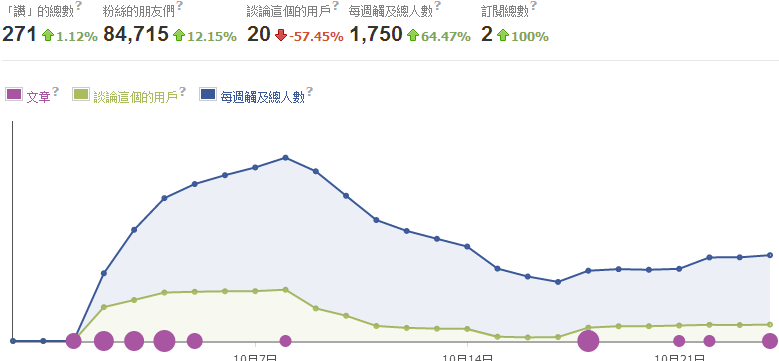Team:NTU-Taida/Human Practice/Doctor-Interview
From 2012.igem.org
Human Practice: Doctor Interview
Contents |
Tsu-Yao CHENG
http://med.ntuh.gov.tw/doctors/doc_profile.asp?section=gi&doctor=%BEG%AF%AA%C4%A3&employee=
Gastroenterologist, Department of Laboratory Medicine, National Taiwan University Hospital
“Maintenance of the target peptide functional concentration in the gut and the maintenance of sufficient colonies are the most big two questions that a clinical physician interested in the most”, said Dr. CHENG. After explaining to him about our neuropeptide delivering system and the safety system we designed, he commented, “That is really a good approach!”. Dr. CHENG also mentioned that we should consider the peptide bacterial advantages over the normal flora. To maintain the steady dosage of peptide each time the bacteria produced, We need to find a way to stabilize the bacterial colony number and the consistency over time. He noted that each antibiotic usage or even diarrhea can change the colony status. How to increase the bacterial surviving ability should be our main concern.
Wei-Chih LIAO
http://med.ntuh.gov.tw/doctors/doc_profile.asp?section=gi&doctor=%B9%F9%B0%B6%B4%BC&employee=
Gastroenterologist, Department of Internal Medicine, National Taiwan University Hospital
From the viewpoint of a gastroenterologist, doctor Wei-Chih Liao deal with the safety issues of our project from two aspects. First is uncertainty of the survival advantage of introduced bacteria. “When this peptide delivery bacteria is introduced into guts, it may have influence on the normal flora of intestine”, Doctor Liao said, “There is possibility of failed colonization without any safety problem; however, there is still possibility of breaking the normal balance of intestinal bacteria.” Although we designed to utilize enterobacteria of normal flora as a vector of our peptide delivery system, we still can’t ensure absolute safety due to the complexity of intestinal environment. Second, he concerned about the effects of synthetic GLP-1 on human body, “GLP-1 is a promising therapeutic candidate for weight controlling and diabetes. Other functions of GLP-1 have not been quietly understood, though.” In other words, our system might raise unwanted effects while synthetic GLP-1 regulates the energy balance of human body. Besides, whether this additional GLP-1 really regulates instead of disturbing the energy balance is another question. “Human being is complex. A slight change may result in whole difference, like the butterfly effect.” said Dr. Liao. Just like other new therapy undergoing large clinical trials, Doctor Liao suggested strict assessment and clinical trial should be done, then we could have a clear insight into the safety of our project based on the statistics.
Hsin-An HOU
http://med.ntuh.gov.tw/doctors/doc_profile.asp?section=hema&doctor=%ABJ%ABH%A6w&employee=
Division of Hematology, Department of Internal Medicine, National Taiwan University Hospital
After we introduce our PepdEx idea to Dr. Hou, he kindly provided us with four advices:
1) Since the bacteria is genetically engineered, we need to pay attention that they may cause some side effects, like transforming normal cells to immortalized cells, causing diarrhea or outcompeting normal flora.
2) Regarding that our device is a health-promoting design, the side effect should be strictly regulated. Therapies like anti-cancer drugs or antibiotics, their side effects are more acceptable because they are used to deal with already sick patients. However, if our product is designed for normal healthy people, the demand of low-side effect is higher.
3) Even though our bacterial are originally from normal flora, once taken out from the body and undergone in vitro manipulation, they need detailed regulation for any human clinical trial. Organizations like Good Clinical Practice (GCP) and Institutional Review Board (IRB) have strict rules and any human trial must be approved by their committee. Therefore if we want to start the human experiment, we have to obtain their approval.
4) Usually any new biological agent must first be proved effective in vitro, and then must be shown useful and safe in vivo (such as mice model), and can start human trial. For Phase I clinical trial, healthy participant will be treated to test the maximal safety tolerant dosage. Phase II will use patients as efficacy test. Phase III is similar but the sample size must be much larger. After the three clinical phases are done and the drug is proved to be safe and effective, it can finally enter the market. So if we want to make PepdEx available in the market, there is still a long way to go.
醫師名
網址
職稱
說明
醫師名
網址
職稱
說明
醫師名
網址
職稱
說明
醫師名
網址
職稱
說明
醫師名
網址
職稱
說明
醫師名
網址
職稱
說明
 "
"


